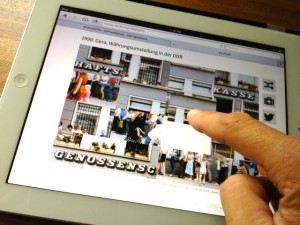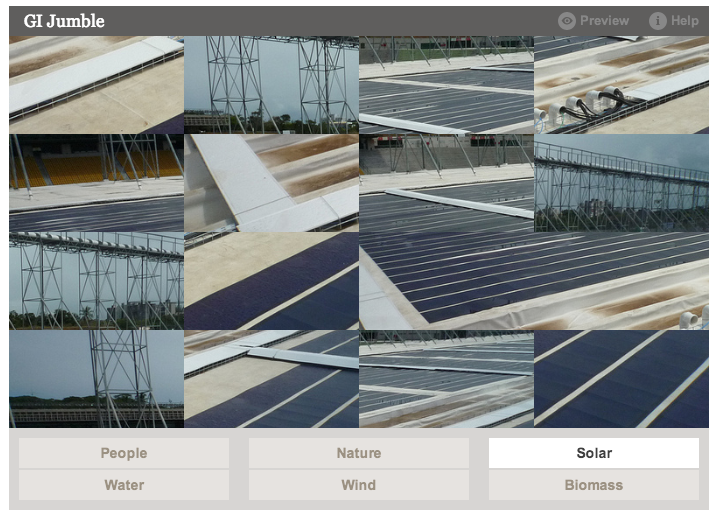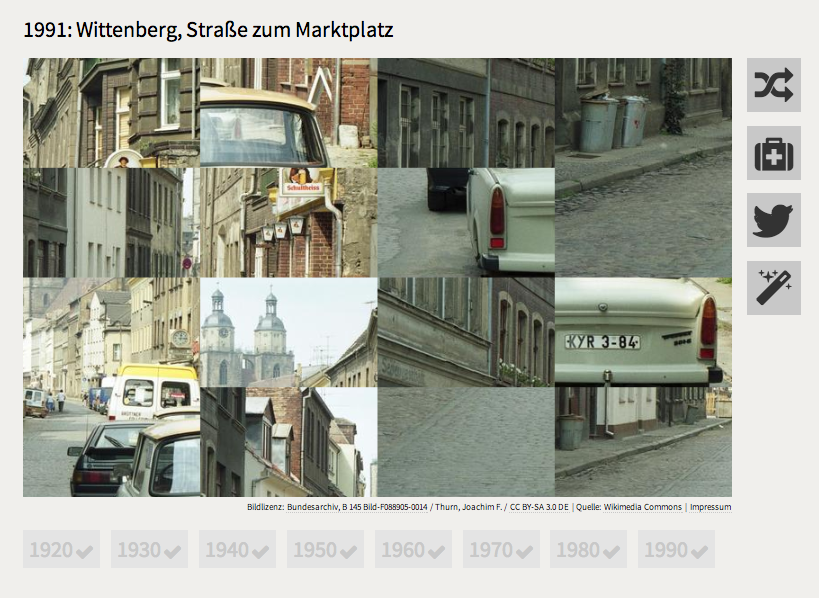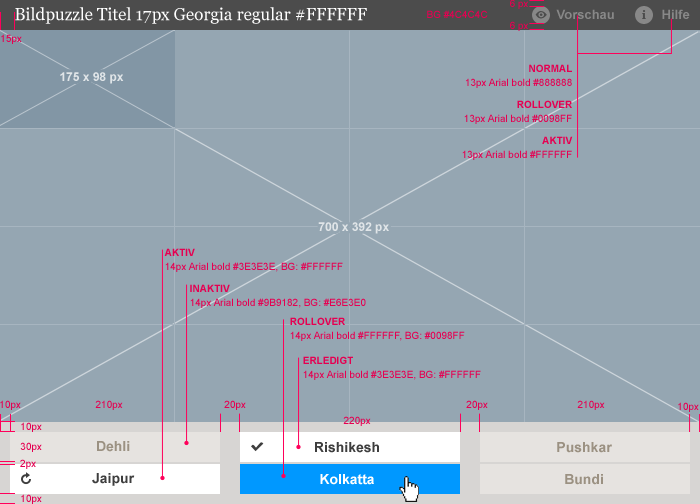Journalism at play
 The term newsgames has been around since the early 2000s and refers to digital games, which are used in a journalistic context and have been developed with journalistic and ethical standards in mind. In contrast to traditional linear media, these games offer an interactive experience of content. Leading media houses such as the New York Times, BBC, the Guardian and Le Monde have already experimented with this storytelling format.
The term newsgames has been around since the early 2000s and refers to digital games, which are used in a journalistic context and have been developed with journalistic and ethical standards in mind. In contrast to traditional linear media, these games offer an interactive experience of content. Leading media houses such as the New York Times, BBC, the Guardian and Le Monde have already experimented with this storytelling format.
Newsgames need not be expensive and complicated to develop. In this post, Marcus Bösch, DW Akademie trainer and director of the Serious Game Studios the Good Evil, explains what you need to produce a small game based on a straightforward example.
“Newsgames are sometimes not much more difficult to produce, than interactive graphics,” says Sisi Wei, who works for the American non-profit news desk ProPublica. Check out her comprehensive blog post about Creating Games for Journalism.
And it’s true. A couple of months ago I developed with my game studio, the Good Evil, a small fully functioning game on the topic of Prism within just four days. It’s all about a playable political commentary, one of many possible sub-genres of newsgames.
Is this journalism?
In the past few weeks we have modified and adapted a puzzle game we programmed for Germany’s international broadcaster Deutsche Welle. The result was GI Jumble, a sort of modern sliding puzzle that allows you to rearrange the photos selected by the Global Ideas team. Though let’s press the pause button for a moment before I go into more details. Of course, one might ask: What on earth does this have to do with journalism?
A legitimate question. The puzzle takes content that already exists, in this case the photos of reporters who traveled around the world, and displays them in a new context. The game is interactive and allows users to explore the content. By rearranging the images yourself, the experience with the photograph is much more intense than by pure observation. This can serve as an ice breaker or point of introduction and lead to more thorough examination of the Global Ideas content. Apart from that it’s also fun to play with a puzzle on a computer or tablet PC . And who says journalism should not also be entertaining and fun?
So how does it work?
What do you need to produce a game like GI Jumble? You generally need a game designer who comes up with the game idea; a graphic designer, who comes up with the design of the puzzle; and then of course you still need a programmer who implements the whole thing, making sure that it technically works.
With GI Jumble we were able to fall back on a game CC play that we had already implemented for the German Archives with the support of the German Wikimedia Foundation. The mechanics of the puzzle already existed. And thanks to HTML5, it was possible to play the game both on traditional PCs and Tablet PCs with touch interface. We have published the entire code for CC play under an MIT license, free to use for Github – of course we appreciate modifications.
Flickr and the API
To transform CC Play into GI Jumble, our programmer Guido had to play around with the code a bit. Primarily we had to include the pictures of the Global Ideas photographers into the game.
We decided to use a programming interface (API) that Flickr offers. The significance of so-called API’s can not be overestimated in the age of digital journalism. Here on Read Write you can find an introductory text about this topic.
Simply put, Flickr hosts the images and with every game GI Jumble (dynamically) grabs them, mixes them, adds a caption once they are assembled and makes the end result available. The categories in the game (people, water, nature, wind, solar, biomass) are the tags of the photos used in the Flickr album.
This means: if you now add additional images to the Flickr album and tag them, GI Jumble does not have to be reprogrammed. It just grabs the new images. A sustainable solution.
In cooperation with the graphics department of the Deutsche Welle we then adjusted the puzzle visually. The inserted image gives an overview of what you have to pay attention to. The usual separate handling of content and form on the web guarantees that the puzzle can also be modified afterwards, without meddling with the mechanics of the game.
Soon, in every newsroom
GI Jumble is just a small example of a game, which can be significantly more complicated. As games enable an interactive experience and can therefore often better explain things than traditional linear media, I’m pretty sure we will see more of this in the future .
For inspiration and ideas I recommend the following list. And who knows, maybe British newsgame designer Tomas Rawlings is right with the prediction he made recently at a conference, that in the future every newsroom will also include a game designer.
Rock Your Newsroom
This young media genre is currently developing worldwide. Brazil already has a growing newsgame community and the trend has also spilled to Africa. It’s a newsgame that won the first sub-Saharan African Newsroom Hackathon in mid-September 2013. The prototype was finished after 48 hours. None of the three team members Loni, Fiona and Carla had ever attended a hackathon before, and they had also never previously worked on a news app before: “The fact did we could pull together a working prototype in less than two days will rock our newsroom.”
 Since 2001 Marcus Bösch has worked as a freelance editor, author and trainer for Deutsche Welle. After completing a masters degree in Game Development and Research, he founded in 2012 the game studio the Good Evil GmbH. Together with his colleague Linda Kruse, Bösch designs serious games and newsgames for cultural institutions, NGOs and media houses.
Since 2001 Marcus Bösch has worked as a freelance editor, author and trainer for Deutsche Welle. After completing a masters degree in Game Development and Research, he founded in 2012 the game studio the Good Evil GmbH. Together with his colleague Linda Kruse, Bösch designs serious games and newsgames for cultural institutions, NGOs and media houses.







Feedback